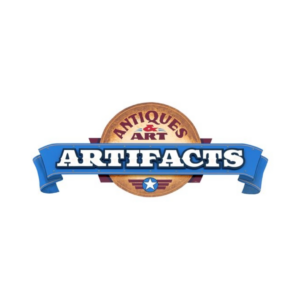Installations
Explore the installations and works of art by bronze sculptor “TR” Tony Chytka. His sculptures can be found in prestigious locations like the Casey Tibbs South Dakota Rodeo Center, the ProRodeo Hall of Fame, Black Hills State University, and his hometown of Belle Fourche, S.D. Drawing from his successful rodeo career and life on the ranch, TR’s creations embody the spirit of the West in every detail.
COMMISSION “TR”
Bring the spirit of the American West to life with a commissioned bronze sculpture from renowned artist “TR” Tony Chytka. With permanent installations at prestigious venues like the ProRodeo Hall of Fame and the Casey Tibbs South Dakota Rodeo Center, TR’s sculptures have become iconic representations of Western heritage. His exceptional craftsmanship has earned him the honor of crafting the Coors Favorite Picks Award, the Wrangler PRCA Announcer of the Year’s Golden Microphone Award, the Coors Man in the Can Award for Barrelman of the Year and many more.
Contact the artistCOMMISSION “TR”
Bring the spirit of the American West to life with a commissioned bronze sculpture from renowned artist “TR” Tony Chytka. With permanent installations at prestigious venues like the ProRodeo Hall of Fame and the Casey Tibbs South Dakota Rodeo Center, TR’s sculptures have become iconic representations of Western heritage. His exceptional craftsmanship has earned him the honor of crafting the Coors Favorite Picks Award, the Wrangler PRCA Announcer of the Year’s Golden Microphone Award, the Coors Man in the Can Award for Barrelman of the Year and many more.
Contact the artistCOMMISSION “TR”
Bring the spirit of the American West to life with a commissioned bronze sculpture from renowned artist “TR” Tony Chytka.
ContactRecently Added
Explore “TR” Tony Chytka’s latest bronze sculptures available for purchase online. Each piece offers a unique, timeless addition to your collection, with the convenience of delivery right to your door. Looking for something more custom? Reach out to Tony to commission a personalized award for your organization or a life-size bronze sculpture that captures your vision.
Galleries
If you’re looking to get up close and personal with “TR” Tony Chytka’s bronze sculptures, these fine galleries have you covered. From the heart of Spearfish to the legendary Wall Drug, each of these spots showcases TR’s work, giving you a chance to experience the spirit of the West in person. Whether you’re in the Black Hills or passing through the plains, these galleries bring TR’s art right to the heart of the frontier.
NEWS & UPDATES
Stay in the loop with the latest from “TR” Tony Chytka. Whether it’s a new bronze unveiling, behind-the-scenes looks at works in progress, upcoming gallery shows, or bits of TR’s hard-earned wisdom, this is where you’ll hear it first. From the workshop to the rodeo arena, we’ll keep you posted on all the happenings that bring the spirit of the West to life.




